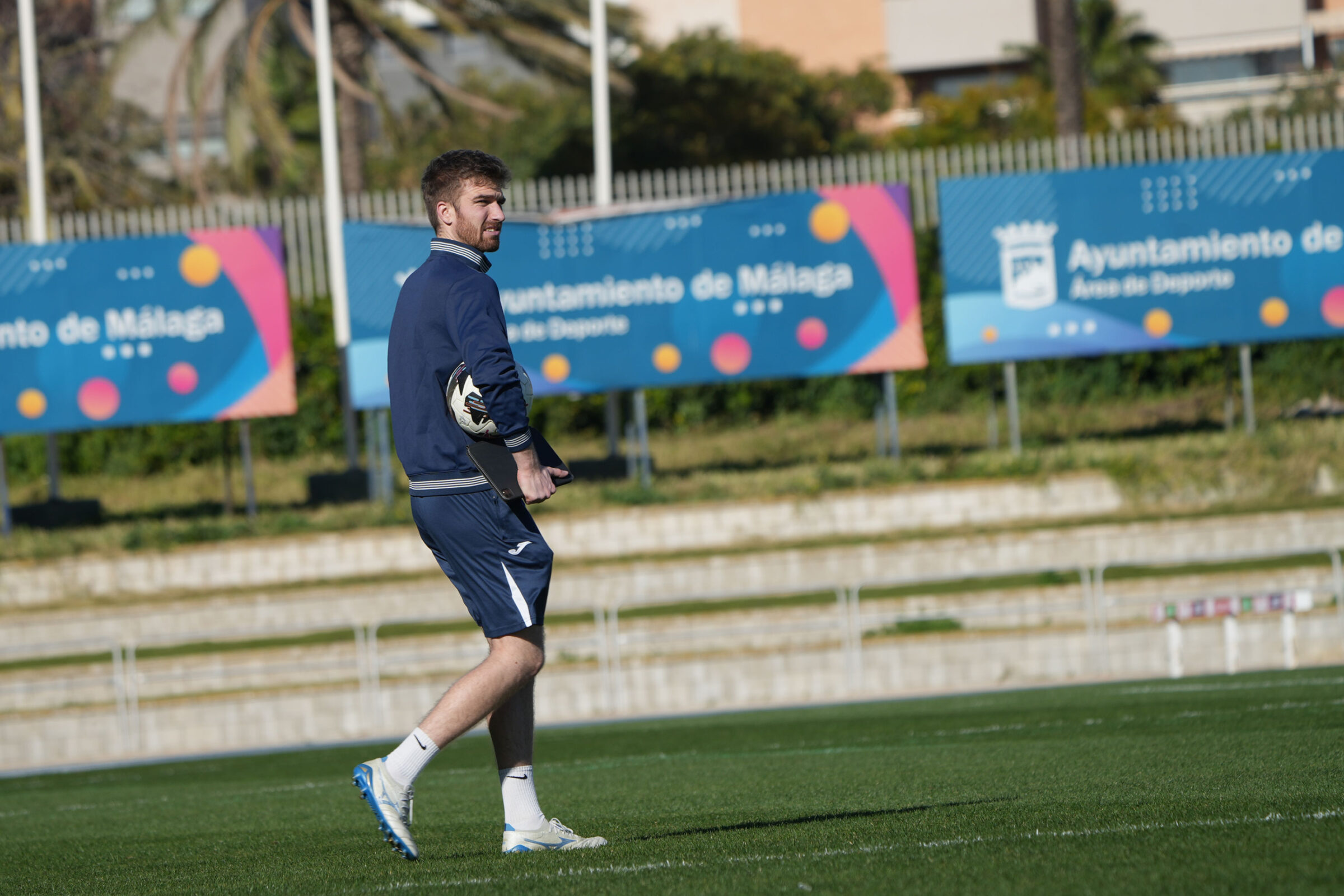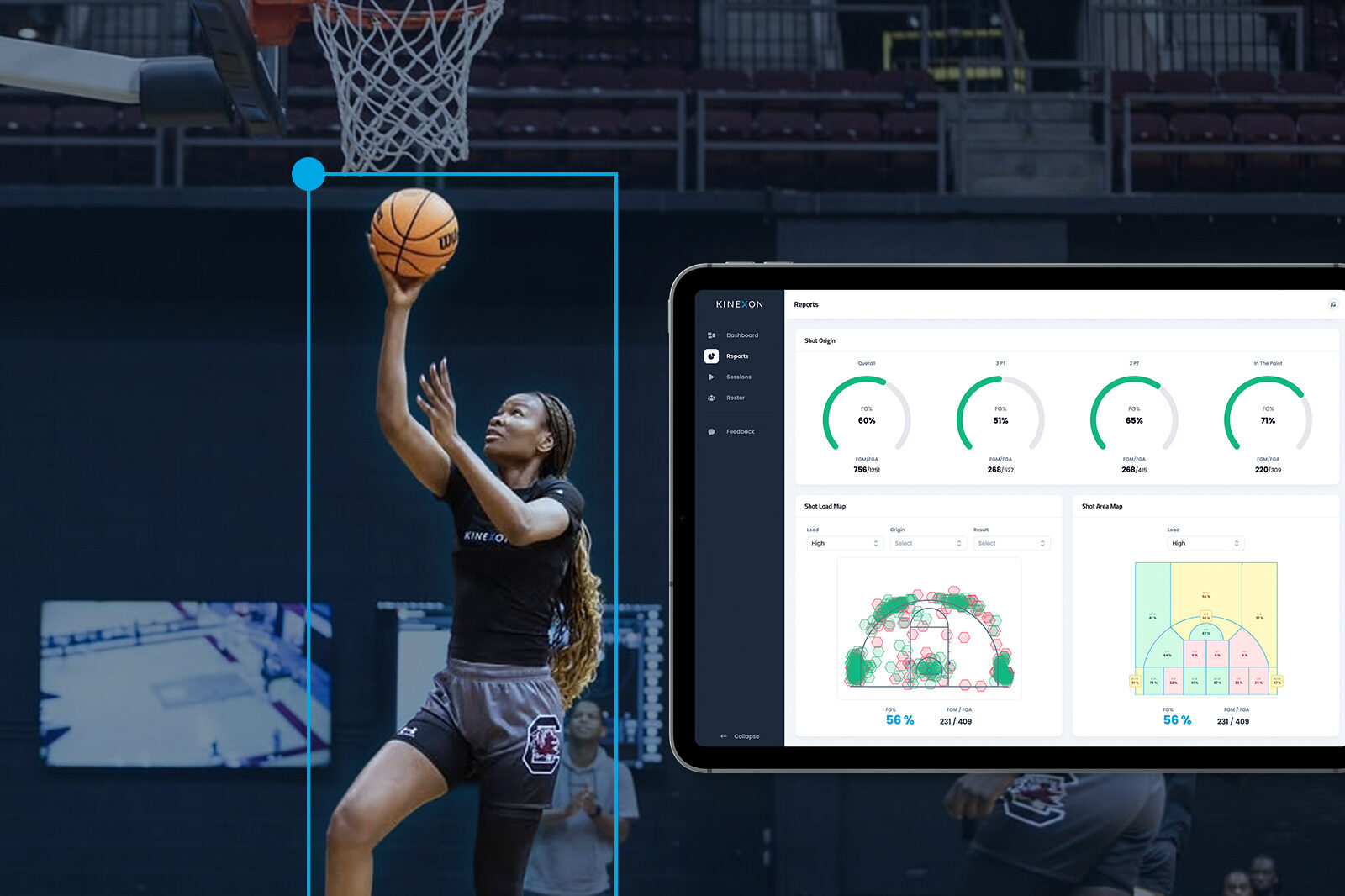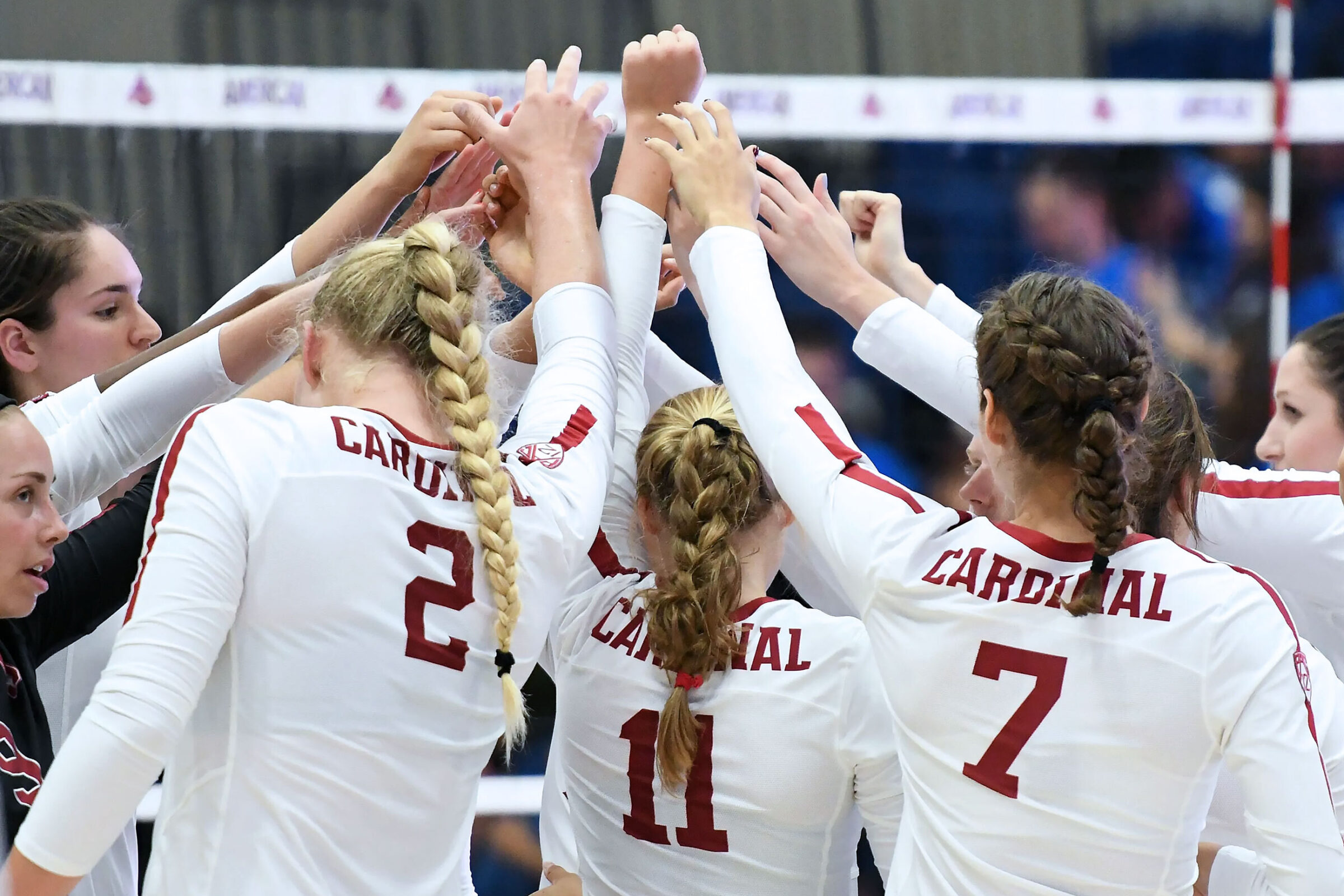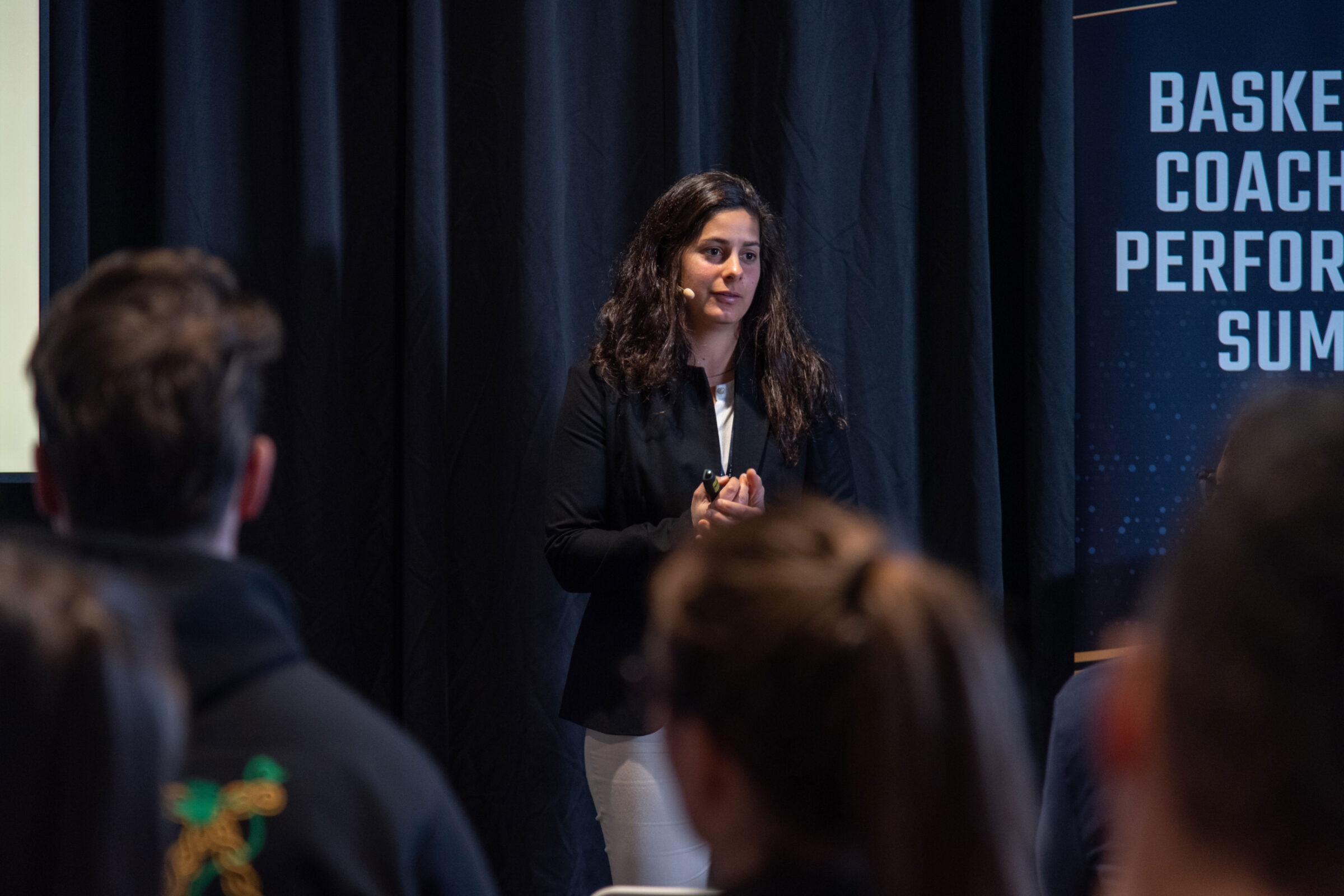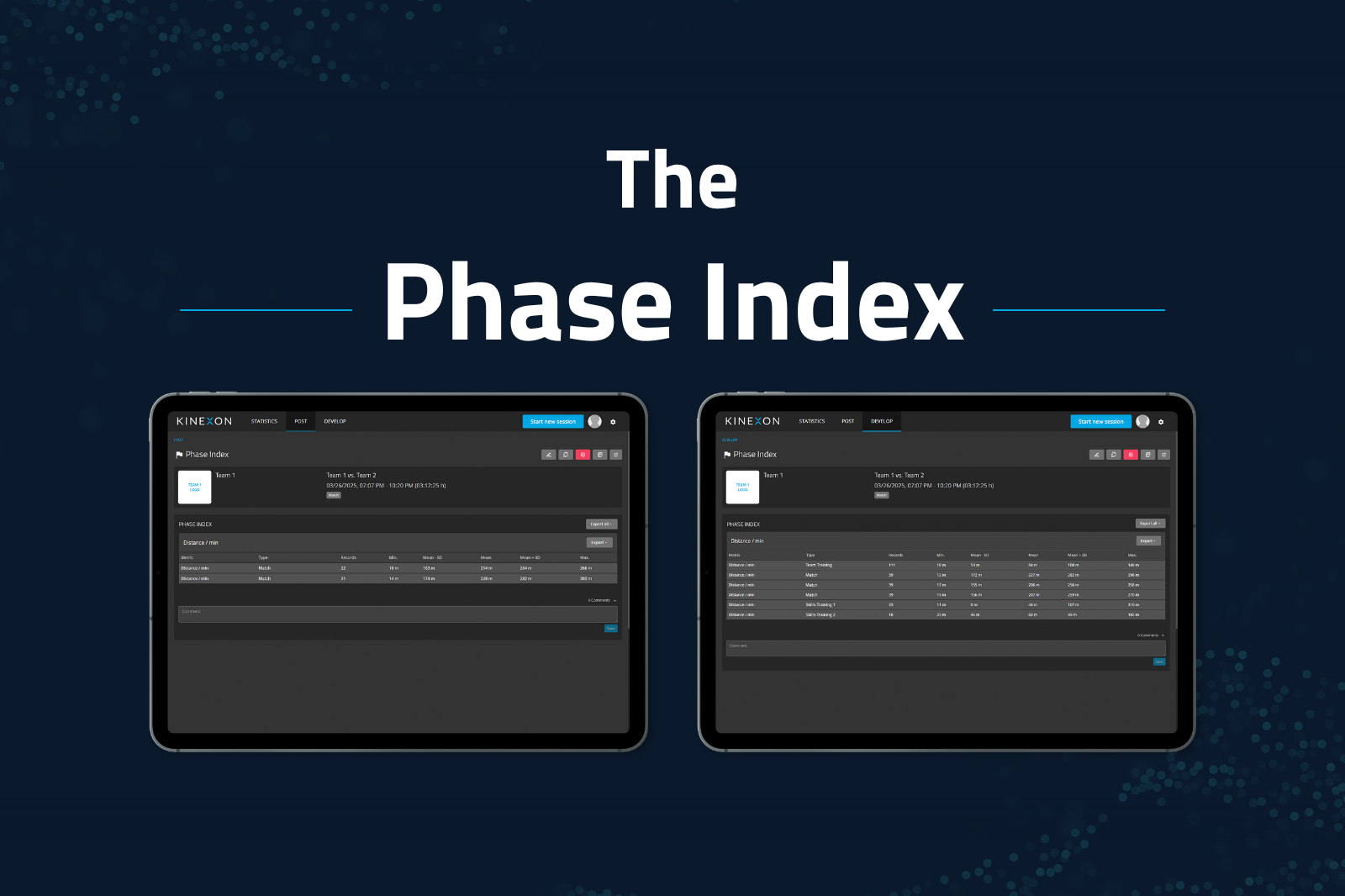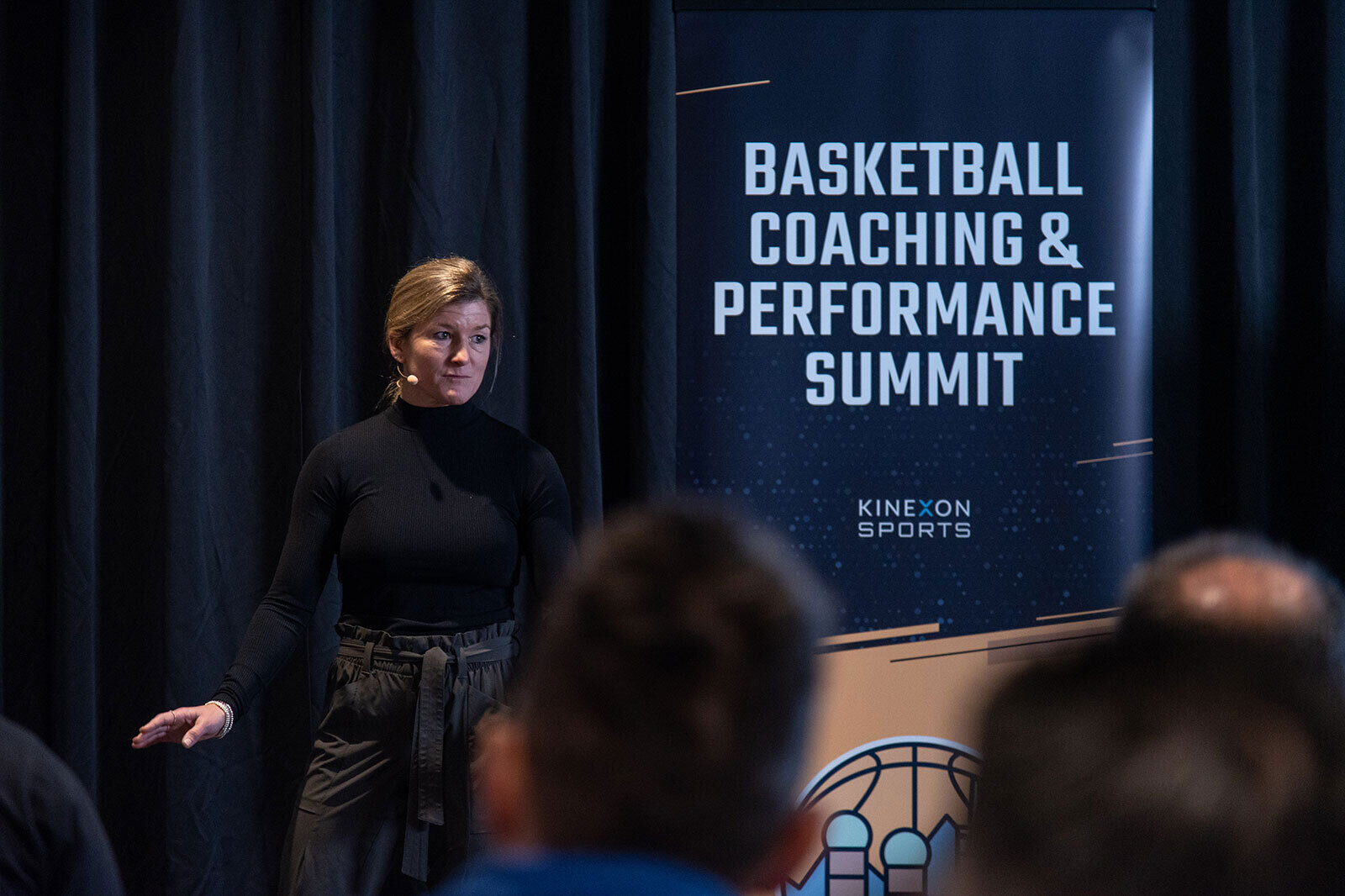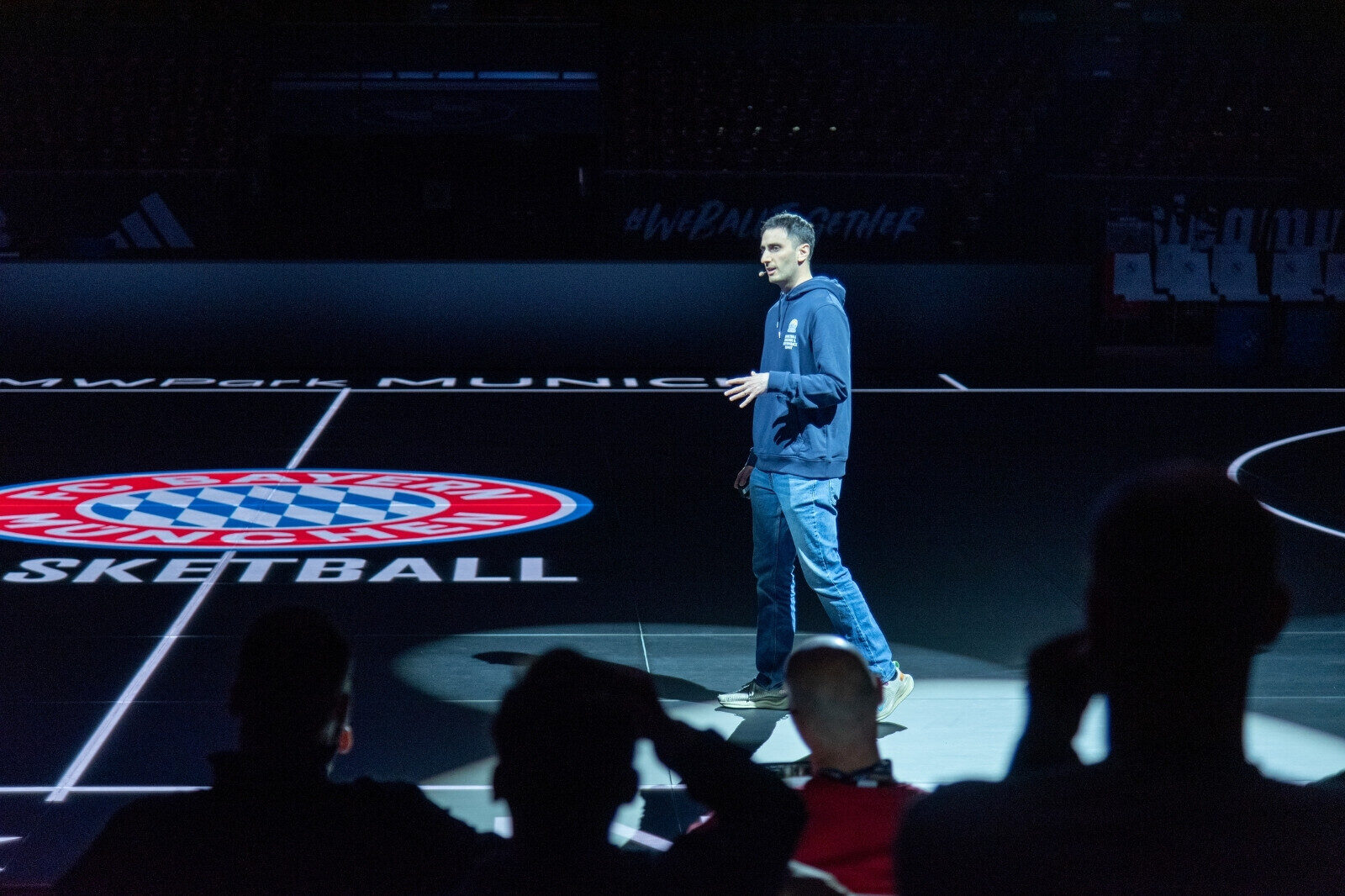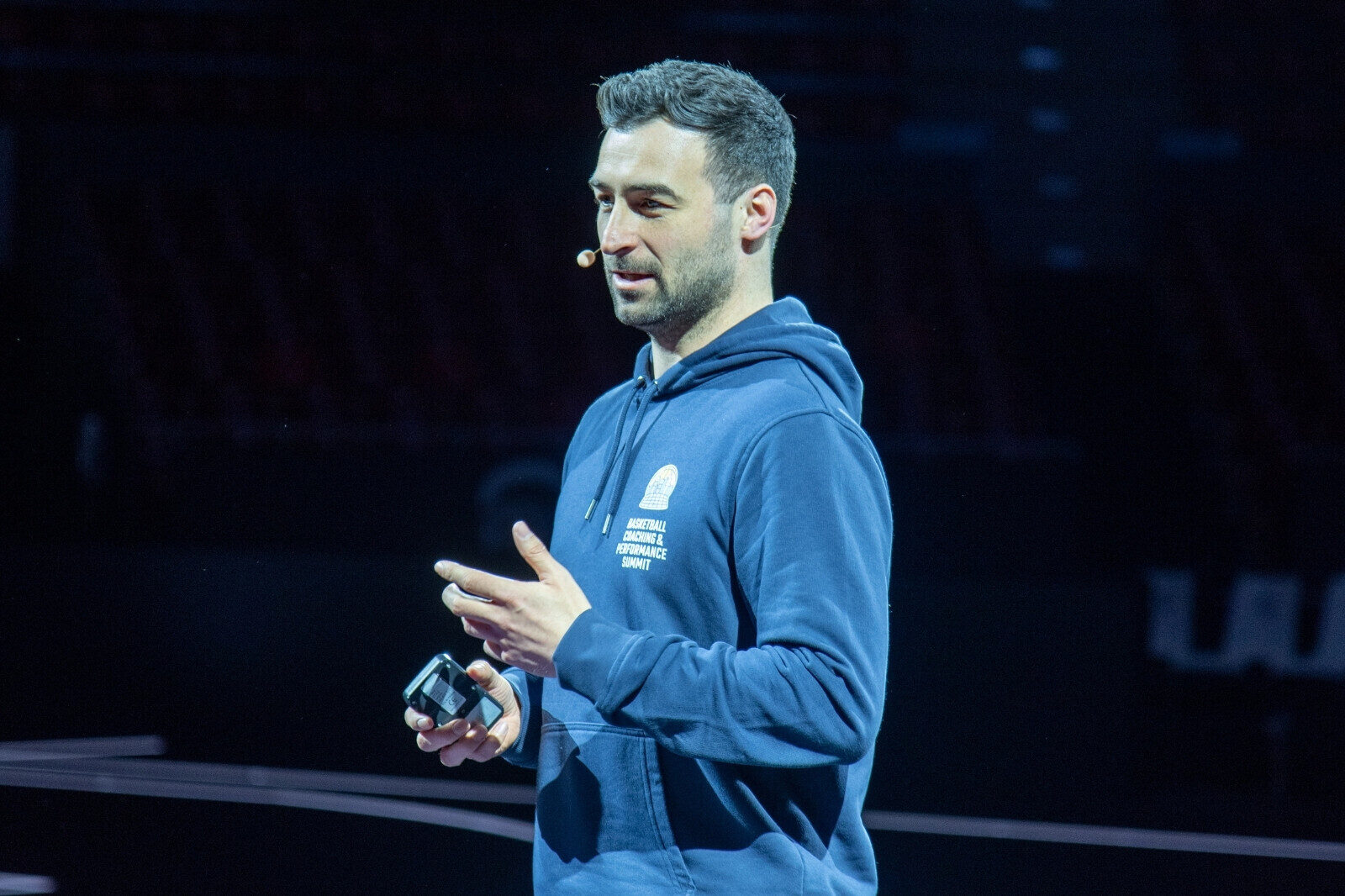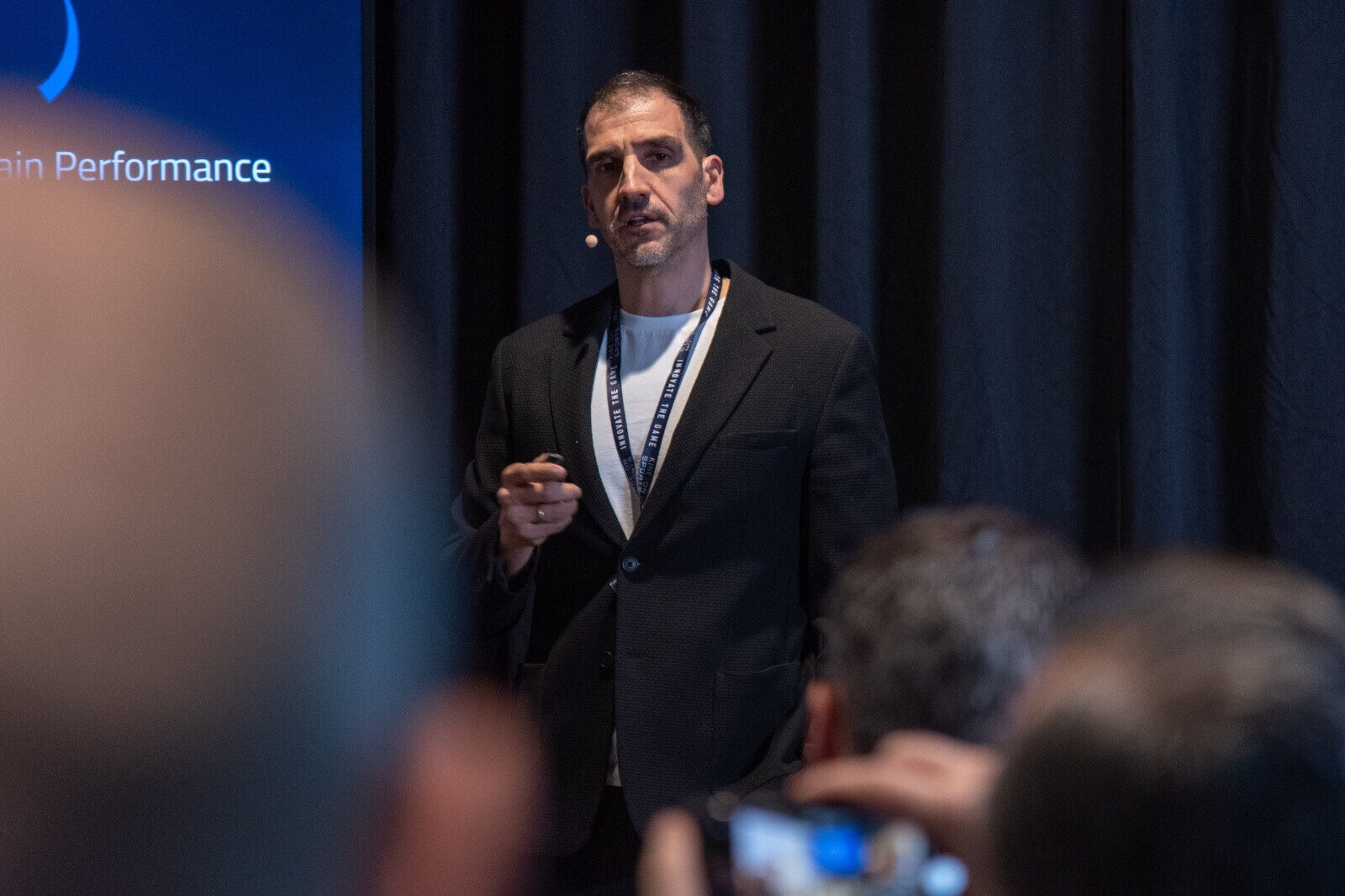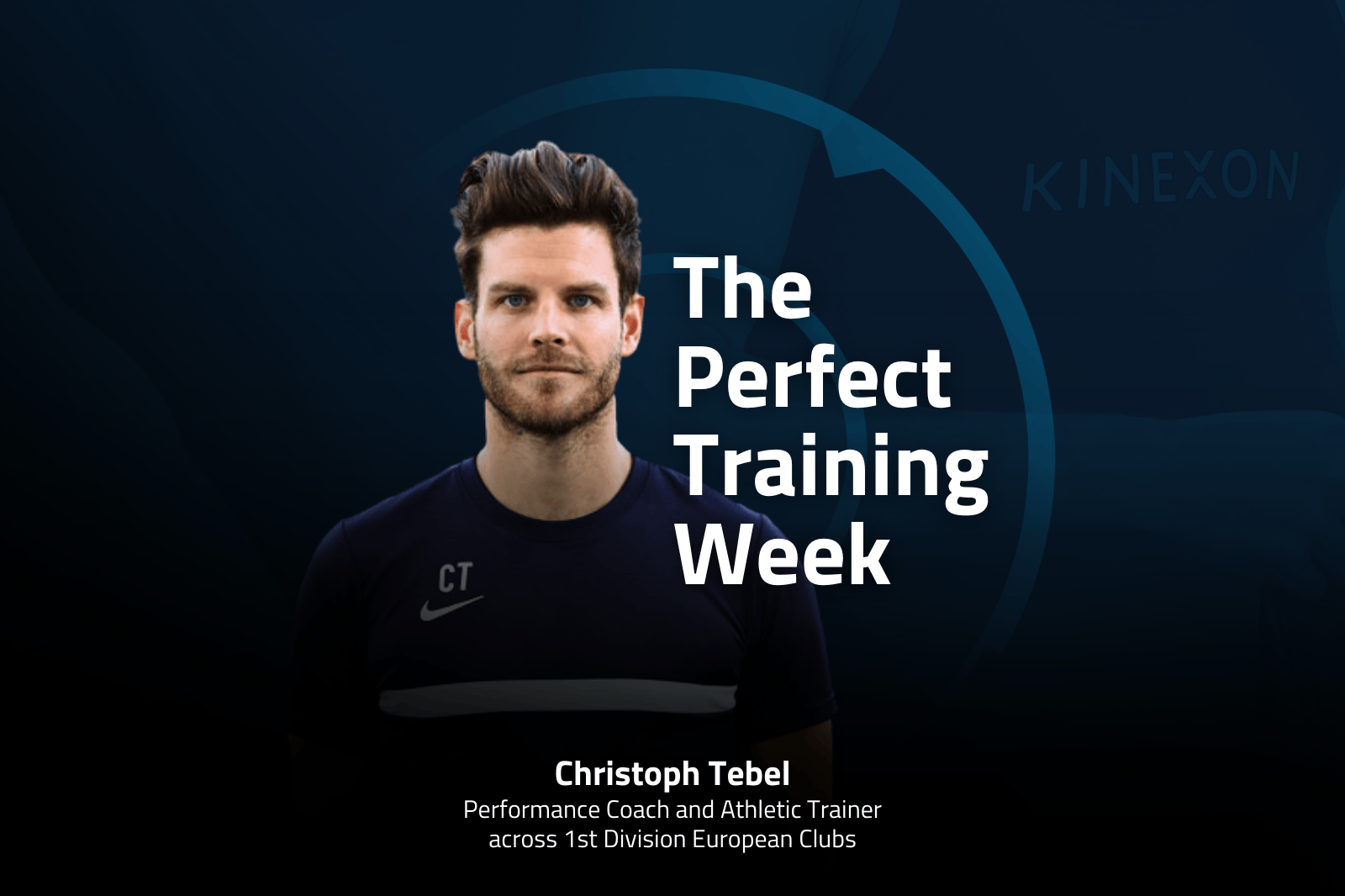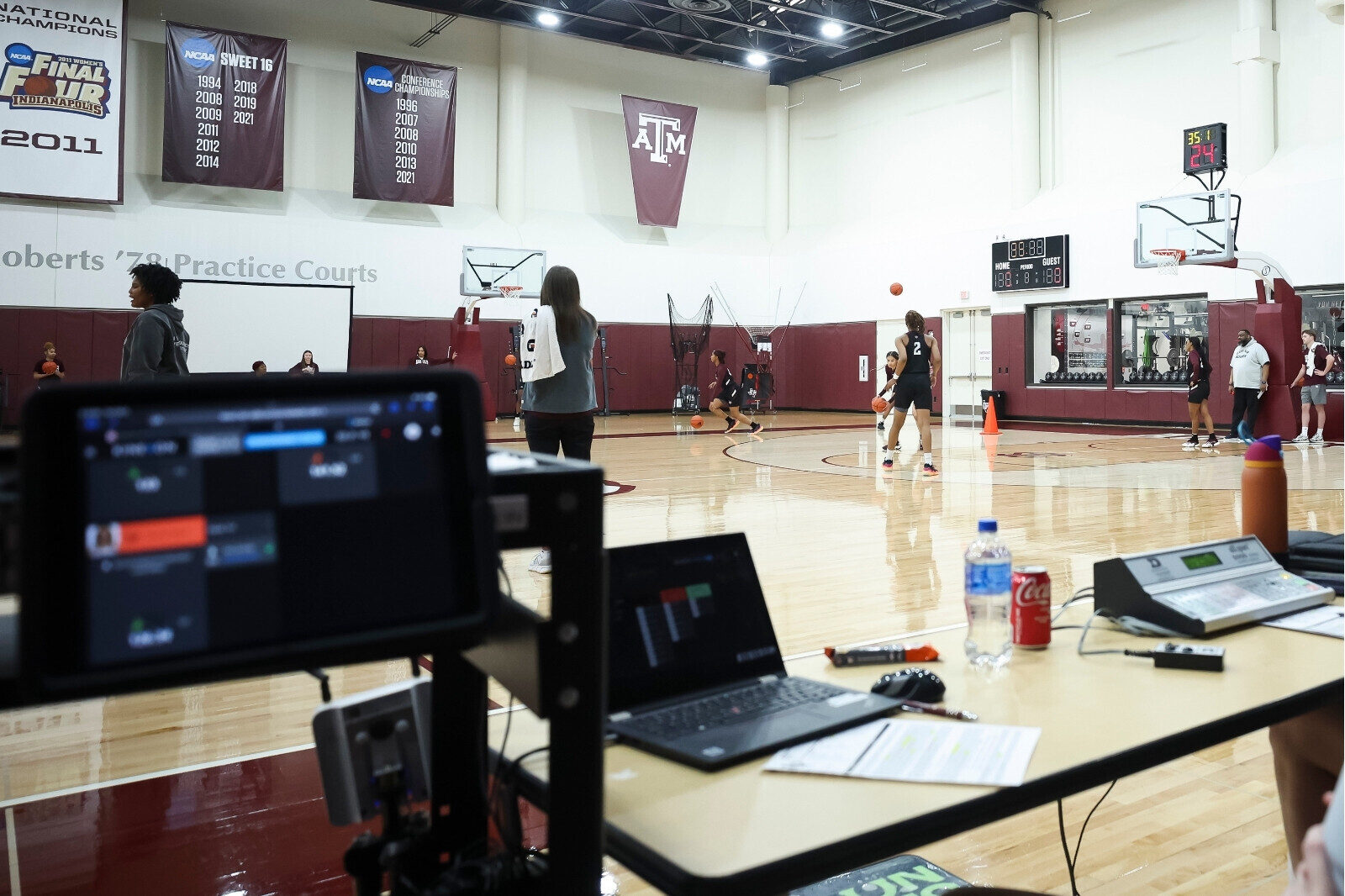Inside Stony Brook Athletics: The Benefits of a Multi-Sport Data Analytics Provider
Stony Brook University, known for research excellence, has upgraded its athlete performance monitoring and player safety efforts with KINEXON technology. We spoke with George Greene (Senior Associate Athletic Director of High Performance) and his team about their work to optimize training and enhance sports performance insights.
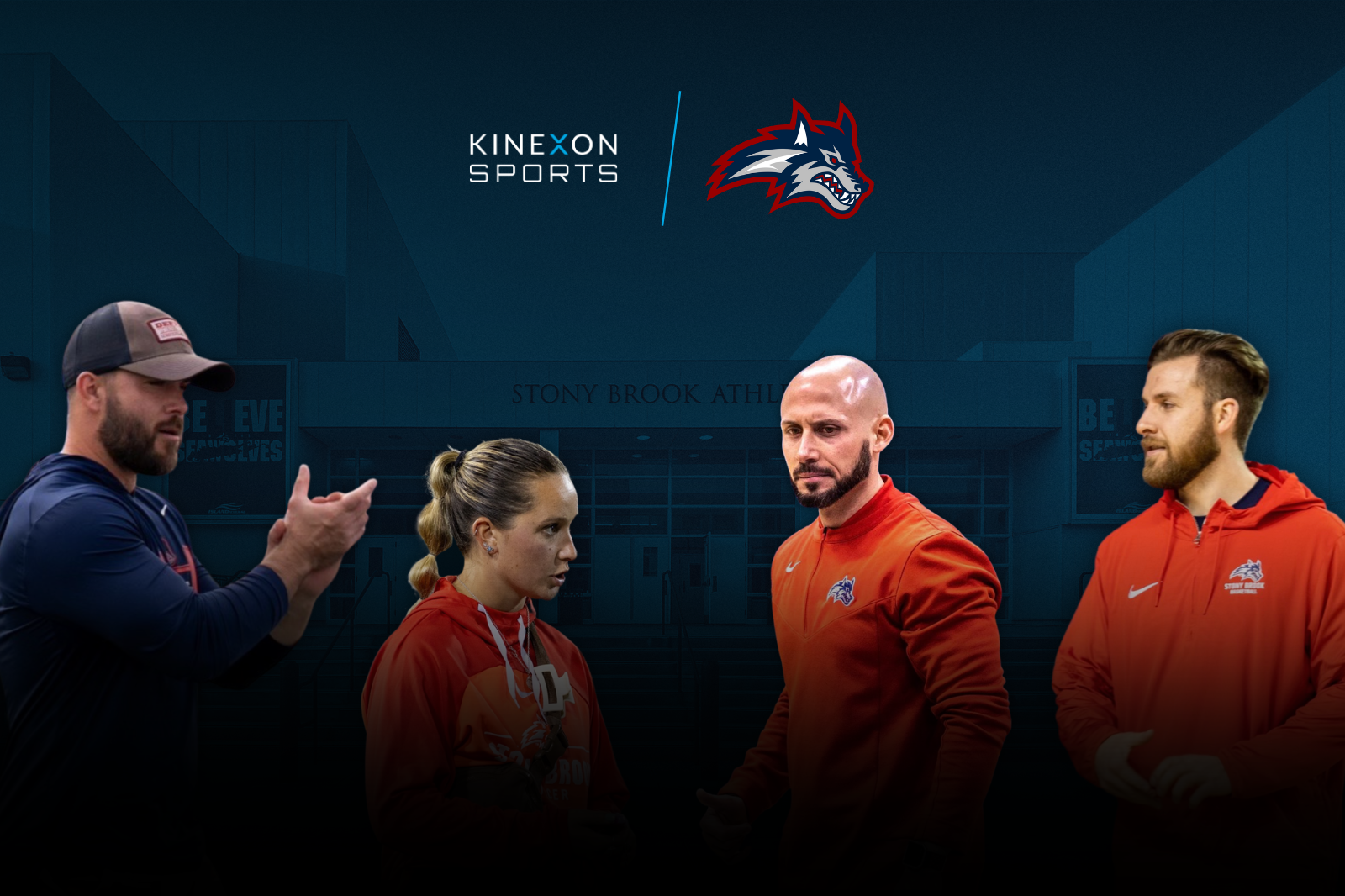
Q: Coach Greene, tell us how you were first introduced to data analytics and sports performance tracking technology. What was the spark?
Back in 2016, we started discussing the strategic integration of technology to better understand the practice and game demands of our student-athletes. We began by researching, consulting with coaches and sports scientists nationwide, and determining what made sense for us at SBU. A key focus early on was developing strong relationships with our sports coaches and administrators. Their support was crucial in maximizing the technology’s potential. As a research institution, our goal is to stay at the cutting edge and provide the best possible experience for our student-athletes.

Q: Now you have access to both indoor and outdoor sports performance tracking solutions for different sports. Can you share insight into your initial experience and the decision to expand resources for other sports to support training sessions?
The technology is easy to work with. The Customer Success team is readily accessible for any equipment or software issues. We have direct contact with our area representative, who responds within minutes and performs weekly check-ins on progress and any issues. This is an undervalued piece to the equation for our performance staff. Coaches want to know how athletes are performing as soon as possible after every session. If we experience any spikes in the performance data or missing data from reports, it’s nice knowing we have a resource readily available to locate the data or find a solution.
Q: Since expanding resources to other sports, have you noticed any positive changes in communication between coaches about sports performance training? Expanding to units on every field and court sport has opened a line of questions from coaches, allowing our department to have a greater impact on student-athlete training outside of the weight room. If conditioning needs to be increased, we can analyze GPS data from practice and adjust accordingly rather than just adding more conditioning sessions. This expansion has also improved communication regarding practice loads, involving both strength staff and athletic training staff in practice planning. We can easily align on daily or weekly practice goals.

Q: Most schools or individual sports operate within their own teams to make decisions about resources that can benefit coaches and athletes. Why should collegiate athletic programs consider using the same data analytics provider for all sports?
Having a unified system across all sports — football, basketball, and Olympic sports — simplifies onboarding and learning processes for staff, enhancing collaboration and efficiency. This consistency allows us to be creative with tracking units, spreading them across teams while maintaining a cohesive data collection system. We’re able to speak the same language when we communicate with other staff supporting different sports. If someone has a question about certain drills or performance reports, we can easily share information with one another to make quicker adjustments.
Q: Are there certain player evaluation metrics or reporting structures that translate to multiple sports, helping your staff make more informed decisions about training strategies or return-to-play protocols?
Using a single-player load metric like KINEXON’s Accumulated Acceleration Load (AAL) number or Total Distance helps create individual standard deviations for each athlete. This guides head coaches in planning practices to optimize performance around games. Additionally, having a baseline of pre-injury data allows for more specific return-to-play protocols. For instance, with common re-injuries like hamstring issues, we set benchmarks based on yardage, high-intent yards, speed, and acceleration/deceleration to match practice and game demands, providing clear data for coaches on an athlete’s readiness to return.
Q: How can collegiate athletic programs measure the long-term impact of using a unified data analytics provider?
The student-athlete experience is paramount; data analytics should prioritize athlete safety. Consistent data tracking fosters communication among sports coaches, athletic performance, and sports medicine, creating a safer and more effective training environment. Ultimately, this should lead to higher player availability and lower transfer rates, as athletes feel their best interests are being prioritized. While winning is an important outcome, achieving these safety and communication goals will naturally lead to better performance on the field.

Q: How about getting students from the analytics or math departments involved to help make sense of the data and provide more ROI? Internships? Work-study?
We are expanding our relationship with the Health Science and Applied Informatics Department to develop a software program for deeper data analysis. This summer, an intern is laying the foundation for this program, integrating all our sports technology into one accessible platform for the entire athletic department.
Q: Is there a common area among all sports where data makes a significant difference? Player availability? Return to play protocol? Performance?
Data ensures communication among all stakeholders, including athletic medicine and coaches. It plays a crucial role in creating the student-athlete experience by facilitating informed decision-making and positioning athletes for success. Our department’s growth with KINEXON technology has led to the widespread use of data for reducing soft tissue injuries, minimizing time missed during return-to-play, and tracking performance improvement. This comprehensive approach has generated significant buy-in from coaches, leading to the acquisition of over 100 KINEXON units to meet the high demand.
Want to learn more about KINEXON technology? Click the button below to schedule a demo now!
